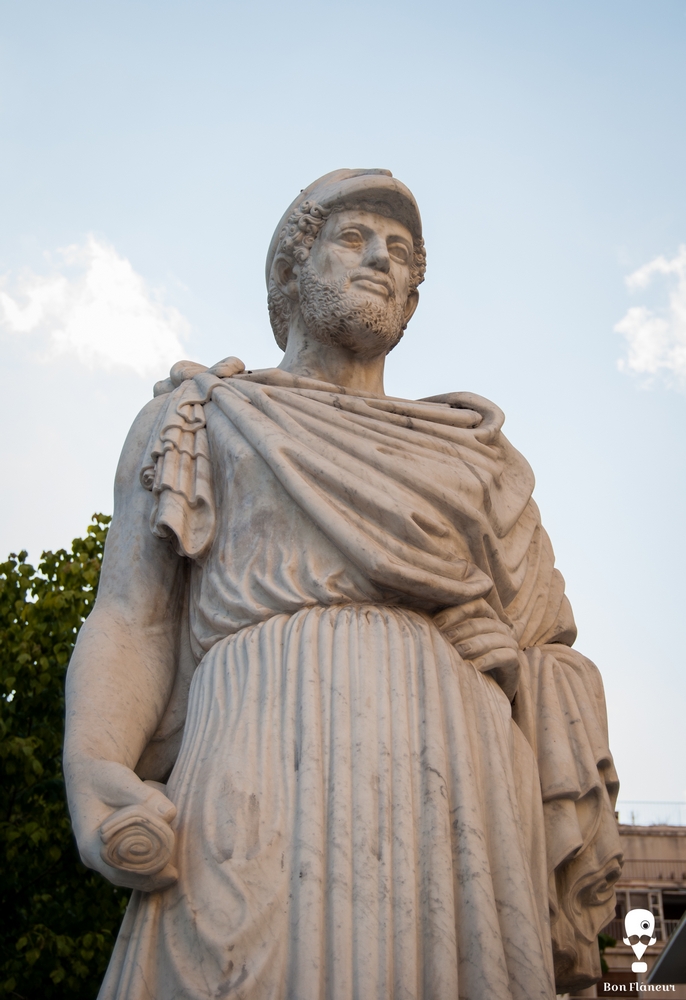Pericles
Statue of the Athenian politician, orator and general Pericles.
Location
Timeline
Modern and Contemporary era (1821 - )
1971 Constructed.
1973 Placed at the Athens Municipal Cultural Centre.
2002 Transported next to the city hall. The inscription with the name of the donor (ship-owner Ioannis Theodorakopoulos) was replaced with the name of the then mayor.




Share